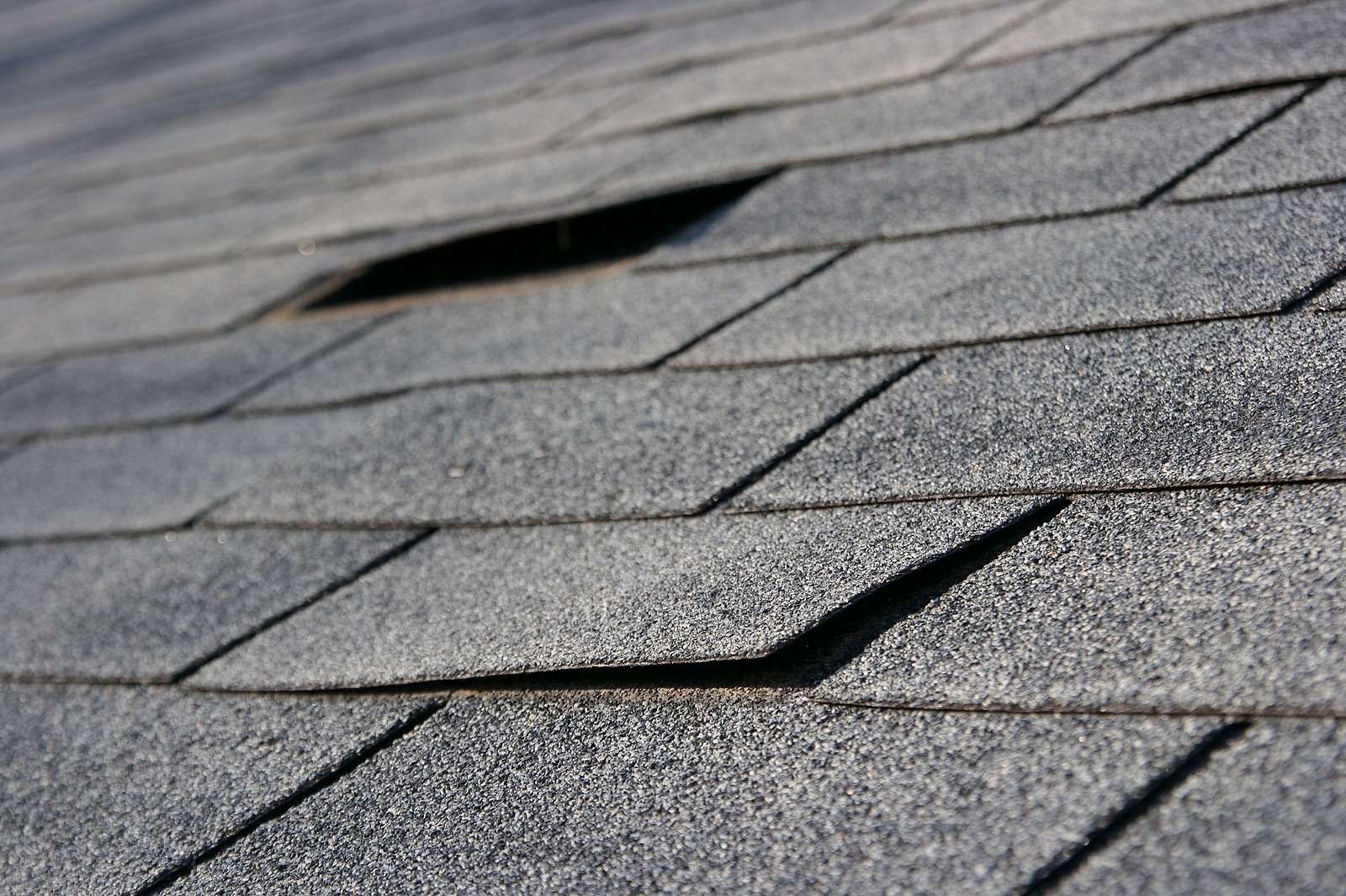In case your roof isn’t exceedingly older, and you pinpoint many slackened or destroyed shingles, you might want to replace them. However, it’s possibly the point in time to get a brand-new roof for more extensive or even more notable damage. The trick is a regular roof assessment, so you are aware of what’s occurring up there.
What roofing devastation looks like
Roof structure destruction comes in all varieties. Know what to look out for.
Leaking Attic rooms
Examine your attic after significant climatic conditions. A drip could mean a couple of shingles are broken, the underlayment — a safety guard enclosed within your shingles as well as the plywood of your respective roof — has flopped, or flashing — the substance that seals joint parts on your roof — has degenerated.
Bubble-like or peeling paintwork
Bad air-flow can cause humidity to become stuck within your house, which could cause the external layer of paint to peel and pimple.
Wall and Ceiling Marks
Spills from the exterior of the home or humidity stuck inside it can cause stains and mold or mildew.
Sheathing Decomposition
An extra issue with lousy air circulation and humidity in your layers of roof covering supplies will be the decay of sheathing — also known as decking — which is the covering of plywood that shapes the cornerstone of your roof. In case you observe a slumped ceiling, shattered rain gutters, leakages, or missing areas of shingles, your sheathing probably is damaged.
Shingle Issues
After shingles end their useful lifespan, you could observe they crumble off or come to be damaged, fragile, or bent, which implies it can be time to acquire a fresh roof.
Dark Stripes Bands
It may seem like debris, but dark stains on your shingles could be moss, lichen, or cyanobacteria. This can not demand a new roof, although when and if you make up your mind to replace your shingles, require safety, which are on several shingles.
The way to execute a roof assessment
Doing frequent assessments of your roof — mostly if you inhabit an area that experiences severe climatic conditions — will help you protect against exterior damage from developing interior troubles.
Begin internally
Check around your attic for signs of leakages, dark spots, holes, or loose sheathing
Explore your ceilings for stains, mold, or mildew
Move outward
In case you are good with climbing a step ladder, you will check your roofing in close proximity. Otherwise, you can perform a somewhat comprehensive assessment from the floor’s commencing, using binoculars.
Thoroughly clean leaves and debris out from rain gutters and downspouts, verify them for slumping or leakages.
Try looking in hidden areas, like the underbelly of eaves and fascia — the panel that links your roof to the exterior wall surfaces of your property — for degeneration or signs of animal invasion.
Proceed to the street
With this length, seek out dark marks, missing shingles, or drooping.
Is the outer paintwork bubble-like or disintegrating?
If you live in a region with chilly or snowlike winters, keep an eye out for ice dams — layers of ice that develop near the fringe of your roofing — because if rainwater cannot strain off the roof, it could drip into the home.
Examine the roofing
- Examine the roof for damaged, severed, deformed, or missing shingles and popped or rust-covered nails.
- Be wary of gaping seams or joints, and be sure roof air vents are not protected or clogged.
- Be aware of areas that sag or appear defective.
- Ensure the plumbing and roof penetrations, including your chimney or skylights, are sealed and don’t possess any unenclosed pins.
- Ensure flashing, commonly used to bind joints and keep rainwater off from them, will not be damaged or provide substandard coverage.
Check your roof
Know how older your home’s roof is. In case you didn’t install it and are uncertain, look into the assessment record from the time you obtained your home. You can even check with a roofing specialist or building examiner to look at your roof and estimate its years and condition.
Take a look at your roof twice a year, once in early spring, one time in fall. Make use of a step ladder to get into it and look for issue sections, but additionally, look at your attic for harm. Are you not feeling in the mood for it? Reaching out to an experienced roofing company for support checking is the most recommended alternative.
Observe the properties close to you — they experience the identical climatic conditions yours does and were most likely constructed around a similar time. If your neighborhood friends are getting brand new roofs, do a roof inspection to see if your home requires one as well.
Right after a substantial climatic happening, for instance, mighty winds or even a thunderstorm, check for outermost surface damage when it is safe.
